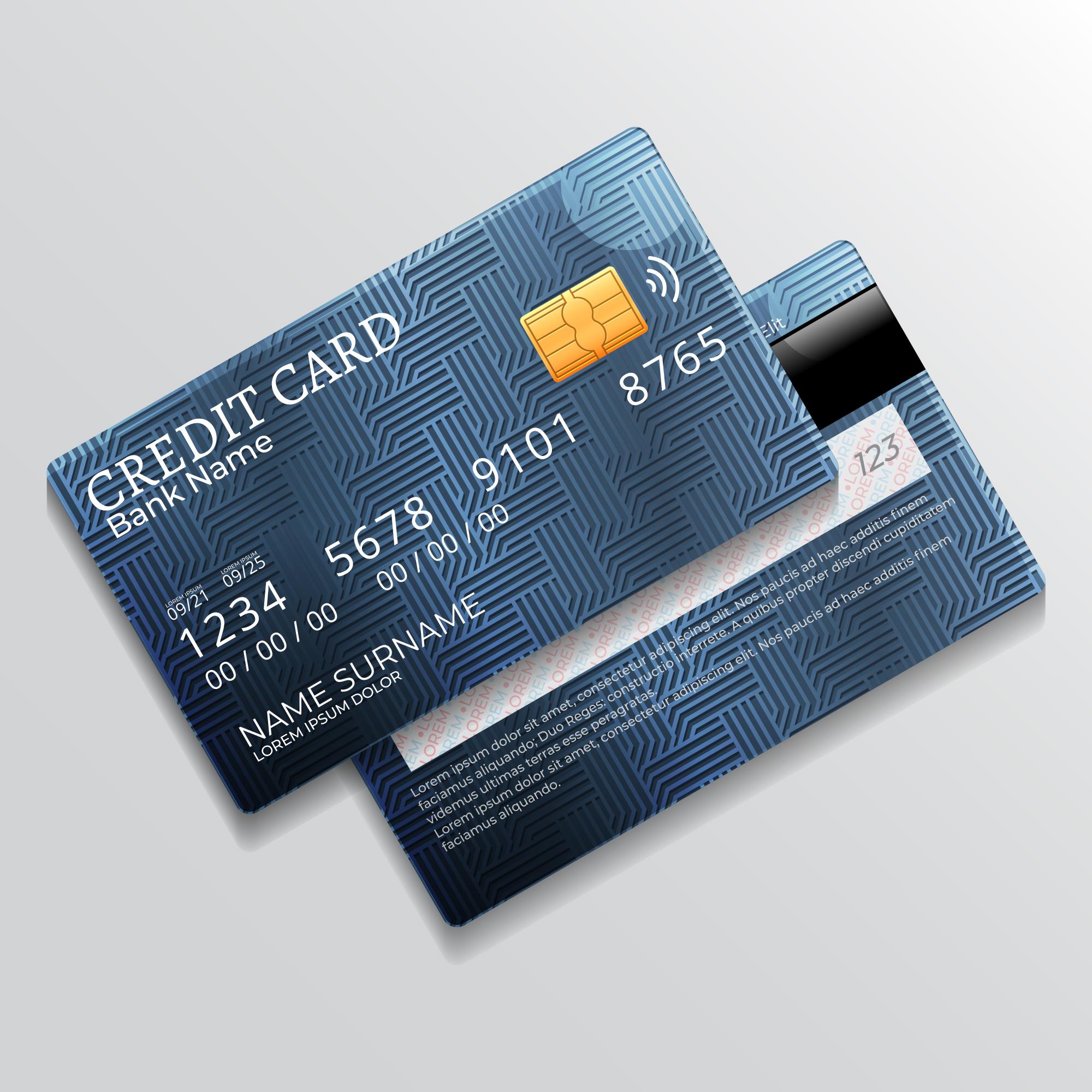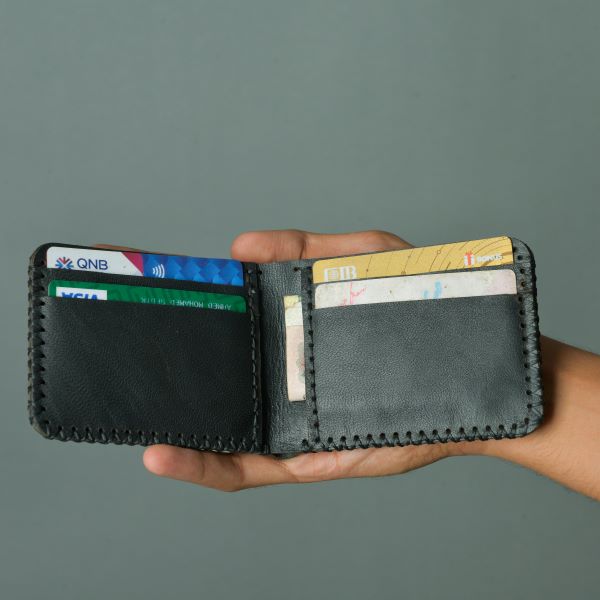The credit card industry has undergone significant changes over the past few years, and the future looks even more promising with the advent of virtual cards. As digital technology continues to evolve, so does our way of managing finances. In this blog, we’ll delve into the future of credit cards, exploring whether virtual cards are set to replace physical ones, and comparing the advantages and disadvantages of both. We’ll also take a closer look at the Airtel Axis Bank Credit Card, a physical card that offers substantial benefits.
The Evolution of Credit Cards
Credit cards have been a cornerstone of modern finance for decades, providing convenience, security, and a line of credit that has helped millions manage their finances effectively. Traditional physical cards have seen many upgrades, from magnetic stripes to EMV chips, and now to contactless payments. However, the digital revolution is paving the way for the next big innovation: virtual cards.
What Are Virtual Cards?
Virtual credit cards are digital versions of traditional credit cards. They work in the same way but exist solely in digital form. These cards can be used for online purchases, subscriptions, and even some in-store transactions through digital wallets like Google Pay. Virtual cards offer a unique set of benefits that could potentially make them the future of credit cards.
Also Read: Know The Process Of Changing Credit Card Mobile Number, Address and email ID
Are Virtual Cards the Future?
The question, “Are virtual cards the future?” is increasingly relevant as consumers and businesses alike seek more secure and convenient payment methods. Virtual cards address many of the shortcomings of physical cards, offering enhanced security features, greater control over spending, and ease of use in a digital-first world. Let’s talk about the offerings of a virtual credit card in detail:
● Enhanced Security
One of the most significant advantages of virtual cards is the enhanced security they provide. Virtual cards often come with unique, one-time-use numbers for each transaction, making it nearly impossible for fraudsters to reuse card details. This drastically reduces the risk of fraud compared to traditional cards, which can be physically stolen or have their details skimmed.
● Greater Control
Virtual cards allow users to set spending limits, check expiry dates, and even restrict the card to specific merchants. This level of control is not typically available with physical cards, making virtual cards an excellent tool for managing subscriptions and online spending.
● Convenience
With the increasing reliance on smartphones and digital wallets, virtual cards offer unparalleled convenience. They can be issued instantly, used immediately, and do not require physical delivery, making them ideal for quick and easy access to credit.
Also Read: What are Credit Card Over-limit Fees and Charges?
Virtual Cards vs Physical Cards
While virtual cards offer numerous benefits, physical cards are not without their advantages. Let’s compare the two:
Security
- Virtual Cards: Offer one-time-use numbers, reducing fraud risk.
- Physical Cards: Can be lost, stolen, or skimmed, but advancements like EMV chips and contactless payments have enhanced their security.
Control
- Virtual Cards: Allow for setting spending limits and restrictions, offering more control.
- Physical Cards: Provide limited control over transactions and spending.
Convenience
- Virtual Cards: Can be issued instantly and used through digital wallets.
- Physical Cards: Require physical delivery but are universally accepted, even in places without digital payment infrastructure.
The Airtel Axis Bank Credit Card
Despite the rise of virtual cards, physical cards like the Airtel Axis Bank Credit Card continue to offer substantial benefits that make them highly attractive. This card, a collaboration between Airtel Finance and Axis Bank, provides a range of cashback offers and other perks. It offers up to ₹16,000 in annual cashback, up to 25% cashback on Airtel services, 10% on utility bills and popular platforms like Swiggy, Zomato, and BigBasket, and 1% on all other spends. Additional perks include up to 15% off at partner restaurants, up to 1% fuel surcharge waiver, and four domestic lounge accesses per year. With a joining fee and annual fee of just ₹500, the latter being waivable with annual spending over ₹2 lakhs, and a credit limit of up to ₹5,00,000, it presents a highly attractive option for users. The Airtel Axis Bank Credit Card exemplifies how physical cards can still provide valuable rewards and benefits that cater to a wide range of needs.
Also Read: Factors That Determine Your Credit Score
Conclusion1. What are virtual cards?
Virtual cards are digital versions of traditional credit cards, used primarily for online transactions and digital wallets.
2. Are virtual cards more secure than physical cards?
Yes, virtual cards often provide enhanced security features such as one-time-use numbers, reducing the risk of fraud.
3. Can virtual cards replace physical cards entirely?
While virtual cards offer many benefits, physical cards still provide advantages like universal acceptance and tangible rewards. Both will likely coexist to meet different needs.
4. How do I choose between a virtual card and a physical card?
Consider your spending habits, need for security, and preference for digital vs. physical transactions. Each type of card has its unique benefits that cater to different needs.


 Get App
Get App  Airtel Store
Airtel Store  Login
Login 



